Carrots, Parsnips, Radishes, Beetroot, and many delicious root vegetables can be easily grown in your backyard. You need not give too much attention to most of the root crops. Root crops are the only group in the vegetable garden that you have to subdivide, as unlike other families, not all root vegetables belong. As a result, they will need to control various feeding regimes, soil, and pests. Let’s check out more information about homemade fertilizers for root vegetables below.
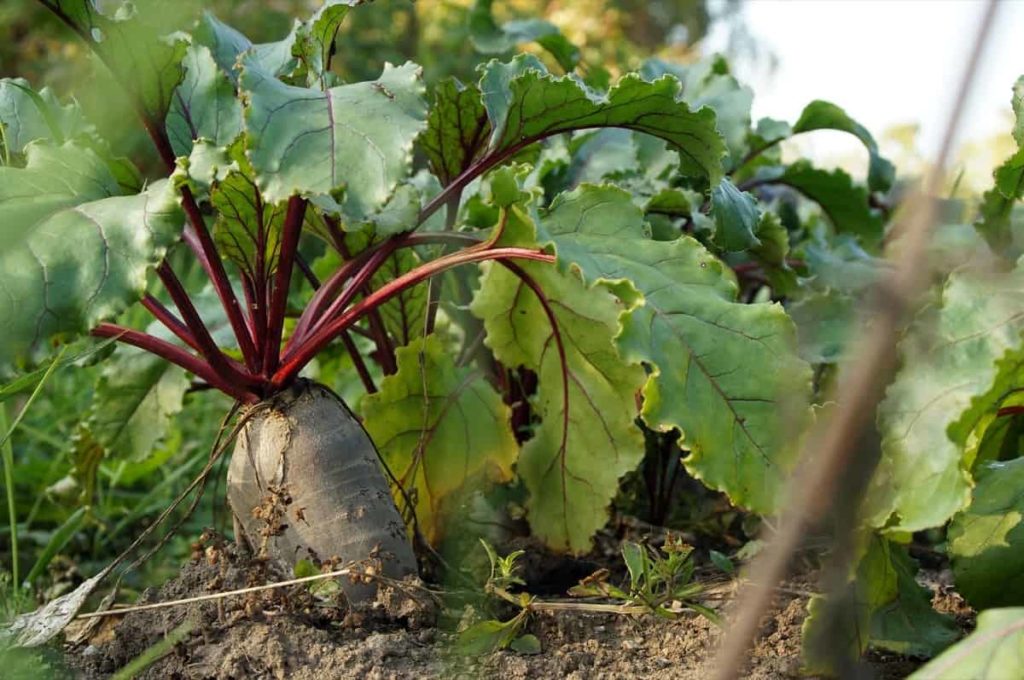
With good soil, water, and proper spacing, it is easy to grow root crops such as Potatoes, Onions, Carrots, Beetroot, and Turnip. Great root crop growing keys are preparing the soil bed well and giving the plants room to grow. You also need to keep the crops clean of weeds and make sure they have enough water.
Root vegetables are named because most of their growth focuses on the part of the plant that grows under soil. All root vegetables are heavy feeders, once tops start to grow, they prepare and supply food for the roots and eventually die back. Depending on the individual needs of each vegetable, the soil should be well strengthened at the time of cultivation and then enriched for the second time during the growing season.
Phosphorus and potassium encourage a strong, healthy root system when growing root vegetables. Nitrogen is good for leaf growth. You can add nitrogen fertilizers after the seed sprouts. You can’t use nitrogen fertilizers after roots develop. You can use many different organic fertilizers in your garden or potting soil. Some fertilizers can be made or collected at home using common items from your pantry or backyard.
Importance of Homemade fertilizers (organic)
Organic fertilizer works longer than chemical fertilizers. It provides the required nutrients to plants feeding the ground. Organic fertilizers offer a balanced mix of food sources essential for important microorganisms and earthworms living in the soil. These underground organisms are one of the many reasons for the structure of productive and healthy soil. They help plants absorb nutrients effectively.
Being extremely beneficial for plants and crops, organic manure is available in several varieties according to targeted crops, the unique requirement of fields, soil conditions, etc. You can make it from natural waste, biomass products, fish emulsion, manure tea, seaweed extracts, etc. Organic fertilizers are far safer because they are not as concentrated as chemical fertilizers. Being ecologically and environmentally safe and non-toxic, organic fertilizers are the best fertilizer for plants and crops in farming.
Their regular use does not cause pollution and helps in getting better tomorrow. Using organic fertilizers for farming helps eliminate undesirable and harmful environmental pollution such as surface water pollution, groundwater levels, etc. Moreover, no one can ever damage plants by over-composting the grounds as organic fertilizer comes without any side effects. Unlike chemical fertilizers that offer only basic nutrients to plants, organic fertilizers go even further with micronutrients.
Organic fertilizers contain nitrogen, phosphorus, and potassium, it also comes with proper levels of micronutrients such as calcium, magnesium, zinc, sulfur, and copper. Organic fertilizers break down to improve the basic structure of the soil and increase the ability to control water and vital nutrients for a long time. Regular and proper use of these natural fertilizers over time can result in healthy and strong plants.
In case you missed it: Best Fertilizers for Strawberries: Homemade, Organic, Compost, Liquid, NPK Ratio, and Schedule
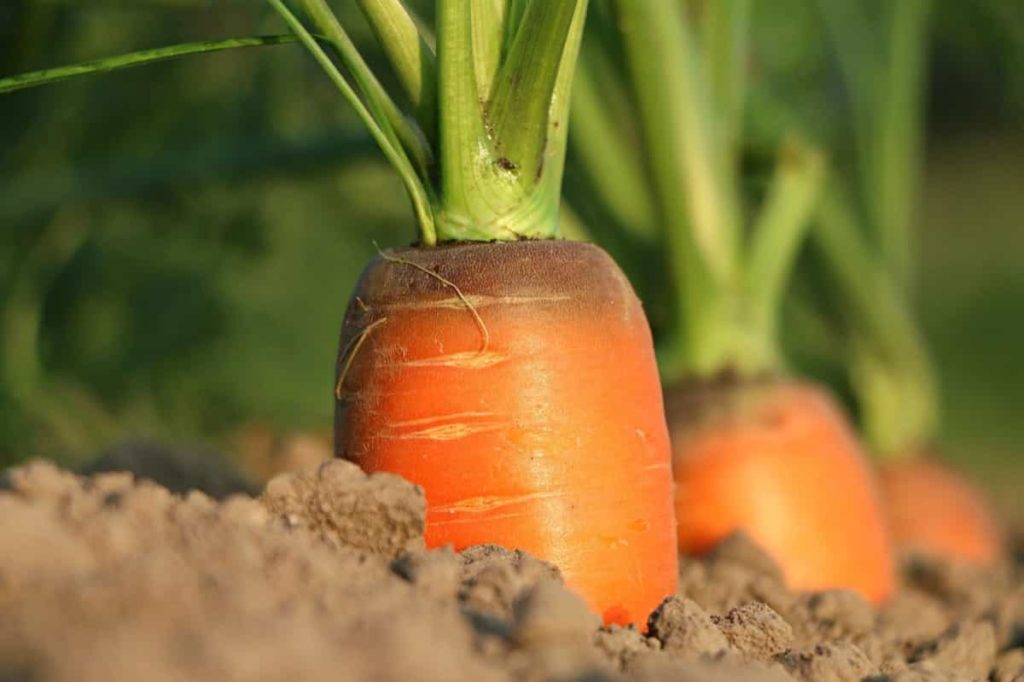
Homeowners can use natural fertilizers effectively for personal gardens and get better results. These fertilizers come in a very large variety and are much cheaper than those made by more expensive. Organic fertilizers are extremely easy to use you can easily apply these natural products without any protective clothing or gadgets, which are expensive these days. Organic fertilizers provide a steady flow of vital nutrients and restore the soil’s depleted vitamins and essential mineral content.
List of root vegetables
- Potatoes enjoy a heavy-manured bed. Add some seaweed as a soil tonic to the bottom of the Potato seed trenches and help keep the insects away from the Potato tuber.
- Beetroot is another plant that thrives in heavy-fed soil, although it does not like acid soil. Since fertilizer tends to turn the soil a little more acid, if you have a test kit, it will be able to check for pH. If you don’t have a kit, dust the soil with wood ash. It will further alkaline the soil and provide potassium to help your plant’s health and overall condition.
- Carrots, Parsnips, Turnip, and Radish send the root of a long edible taproot into the ground, and to straighten the root, the easier they are to harvest and prepare. It is important to remove rocks from your soil before planting them; otherwise, you will end up with the wrong-shaped vegetables. These taproot crops do not like fertile soil, as it encourages the distribution of roots.
- Garlic, Onions have thin, long, and delicate roots spread by the base of a developing, underground bulb. Roots grow in all directions and grow in an average length of 12 to 14 centimeters, sometimes spreading to 30 centimeters.
- Ginger has two types of roots, fibrous and fleshy. After planting, many roots that develop indefinitely come out of the base of the sprouts. These fibrous roots are thin, have root hair, and their function mainly absorbs water and nutrients.
Homemade fertilizers for root vegetables
Compost and manure
Test your soil for its acidity or pH level and adjust it, if necessary, to achieve neutral levels of 6.0 to 6.5, ideal for root vegetables. Spread a layer of compost or well-rotted manure (cow, chicken) throughout the area before planting and mix it well in the soil, ensuring that it works as uniformly as possible. Aim for about half the compost or manure and half soil ratio for a better initial boost of nutrition promotion of new plants, improving soil structure and proper drainage.
Avoid using fresh manure on a new garden bed on planting day, as it can burn the roots of seeds and tender plants. Spread it to the ground in early spring to dissolve further, or apply in the fall to allow fertilizer to be fully-added to the ground. Work well with the fertilizer, compost, or manure well in the soil with garden spades or forks to a depth of about 10 inches, removing all clusters and exotic debris in the process, as root vegetables need loose fluffy soil for proper development.
In case you missed it: Best Fertilizers For Balcony Garden: Homemade, Organic, Compost, Natural, Liquid, NPK, and How And When to Apply
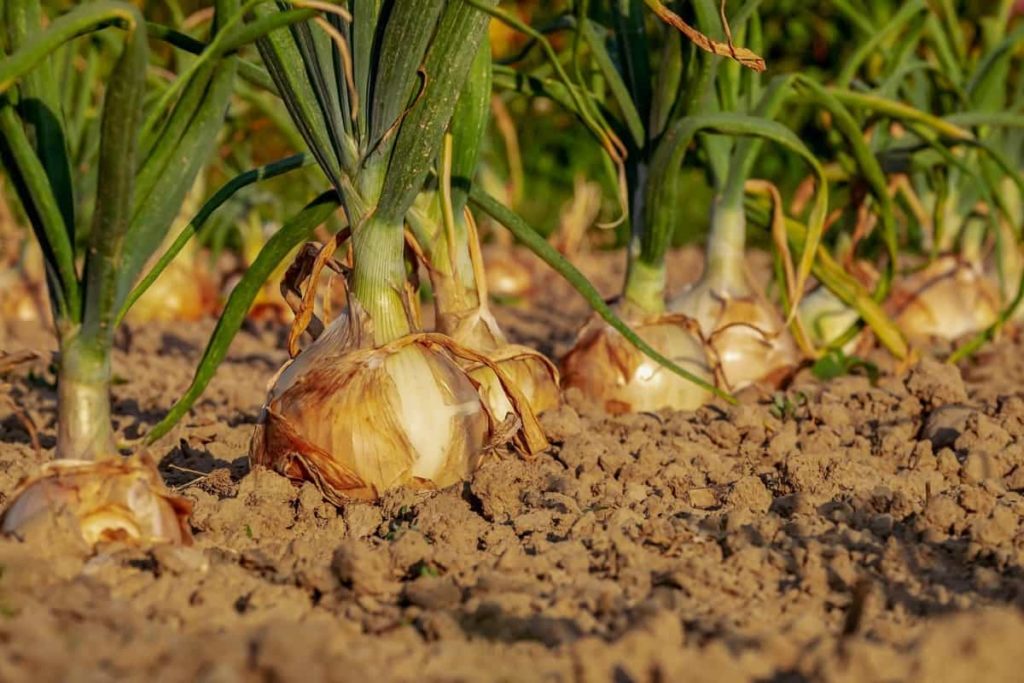
Side dress with more compost or manure and distribute along rows while plants grow. Avoid overfertilization if root vegetables are grown in a well-established garden, as some nutrients such as phosphorus and potassium remain in the soil indefinitely and can eventually build up to levels that can harm plants.
Use a mixture of high nitrogen if necessary as it ends faster than soil; adding unnecessary nutrients to the soil can produce stunts or poorly formed root crops. Cover the garden after harvesting with about 2 inches of compost or manure to ensure no nutrient gap during the dormant months.
Greensand
Greensand is often rich in marine fossils and has green color. Greensand is also porous; it can maintain both water and minerals. Greensand contains 5% potassium and 1.5% phosphorus by weight, although it does not contain any nitrogen.
Granite Dust
Granite is usually white, pink, grey, or some of these colors. Granite can be crushed as dust and used as a soil additive to supplement nutrients for your garden. Granite dust contains 3% to 6% potassium by weight when used as fertilizer. Granite dust also contains small amounts of calcium, iron, magnesium, and manganese. The granite dust contains no nitrogen and very little phosphorus. Granite dust is effective for 3 to 5 years or more.
Sawdust
The leftover scrap is made by machines that cut wood. Sawdust can be used as fertilizer and mulching material. Sawdust contains 2% to 4% potassium weight when used as fertilizer. The sawdust also contains very low amounts of nitrogen and phosphorus by weight. Sawdust is effective for 2 to 4 years.
Bone meal
Bone meal is a powdered source of phosphorus with which you can easily modify your soil. The bone is filled with phosphorus, calcium, and some nitrogen that is slowly available over several months as the material breaks down. Sprinkle the potted plant with 1 to 2 tablespoons of bone meal and water made in your home to feed your plants.
In case you missed it: Homemade Fertilizers For Gourds – How To Prepare
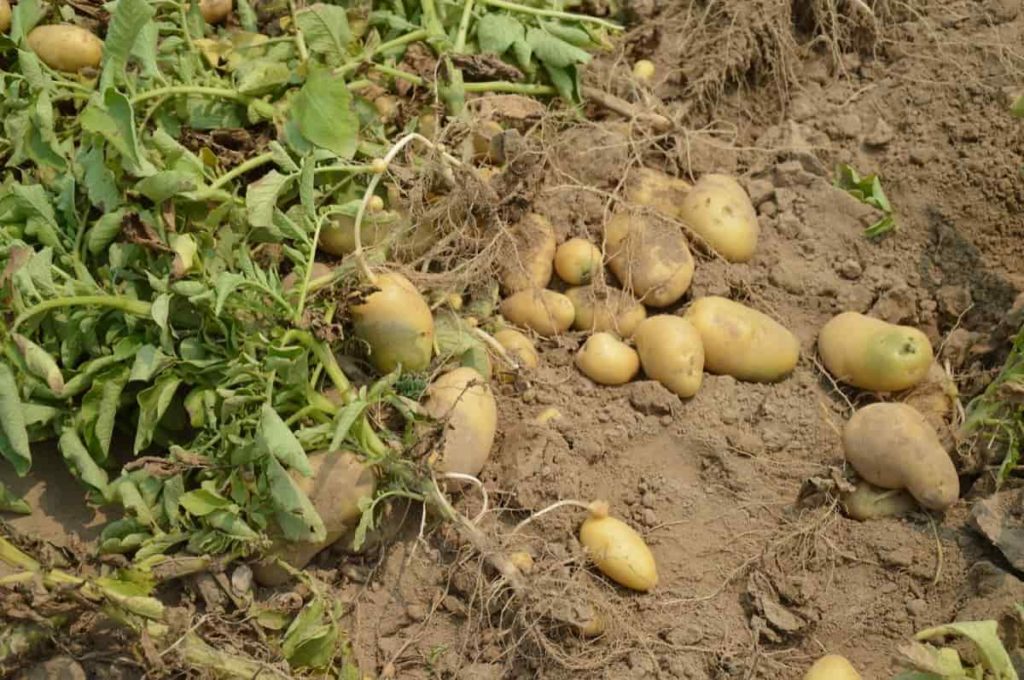
- Hair contains 26% phosphorus by weight.
- Enriched rock phosphate contains 17 to 30% phosphorus by weight.
- Burned cucumber skins contain 11% phosphorus by weight.
- Bat Guano contains 4 to 8.6% phosphorus by weight.
- Fish meal contains 4 to 6% phosphorus by weight.
Wood ash
Ashes are rich in vitamins and minerals that plants like to sip from the soil. In addition to phosphorus, wood ash contains other minerals and trace elements as well as calcium, potassium, and magnesium. You can sprinkle the wood ash directly into the soil.
Eggshell
Eggshells are rich in calcium and phosphorus, as well as other minerals that will eliminate your plant can either be crushed and added less as solid fertilizer, or shells can be added to boiled water to leach the nutrients. Water your plants with this eggshell infusion once cooled down. You should use it daily so the liquid does not get damaged or attract bacteria. The kelp meal adds many vitamins and minerals to your crop, although it does not contain an impressive amount of potassium.
Banana peels
- Banana peels are the best source of phosphorus, you can easily make liquid fertilizer from them and it can be used to water your plants.
- Just throw away banana peels in your compost pile or compost bin with other organic materials, such as eggshells and coffee ground, to make rich compost.
- You can run your banana peel under running water or soak them and then mix them in a food processor to create a slurry of nutrients for your plants. Side dress this slurry by burying it in shallow soil near the plant.
- You can make banana peel fertilizer tea.
In case you missed it: Good Fertilizers And Manures For Vegetables

Mulch
Bark and wooden chips
Bark and wood chips are popular and commonly used mulch, perhaps because they are cheaper, look quite decorative, and are effective in reducing weed growth, improving moisture retention, and insulating soil.
Grass clippings
Grass clippings have many benefits when used as mulch in your garden. They are free; using them as mulch will reduce your garden waste. However, they contained water, which helps them dissolve quite quickly. They suppress weeds well, so if this is your main goal, grass clippings can be a good option, but they mat together and prevent moisture, so use a thin layer.
Straw
When straw is used in vegetable gardens, it provides a welcome home for spiders and beneficial insects, which will help keep pest problems under control. It also prevents soil-borne diseases from contacting the lower leaves of vegetable plants.
The straw dissolves quite slowly for organic mulch, so if you put it down in spring, it should stay until the whole growing season, saving you some work. Straw can also be easily picked up, which makes it air-blowing to clean it if you want to move it aside to make room for more vegetable plants or make it easier to work in the soil.
In case you missed it: Best Fertilizers for Plants – A Full Guide
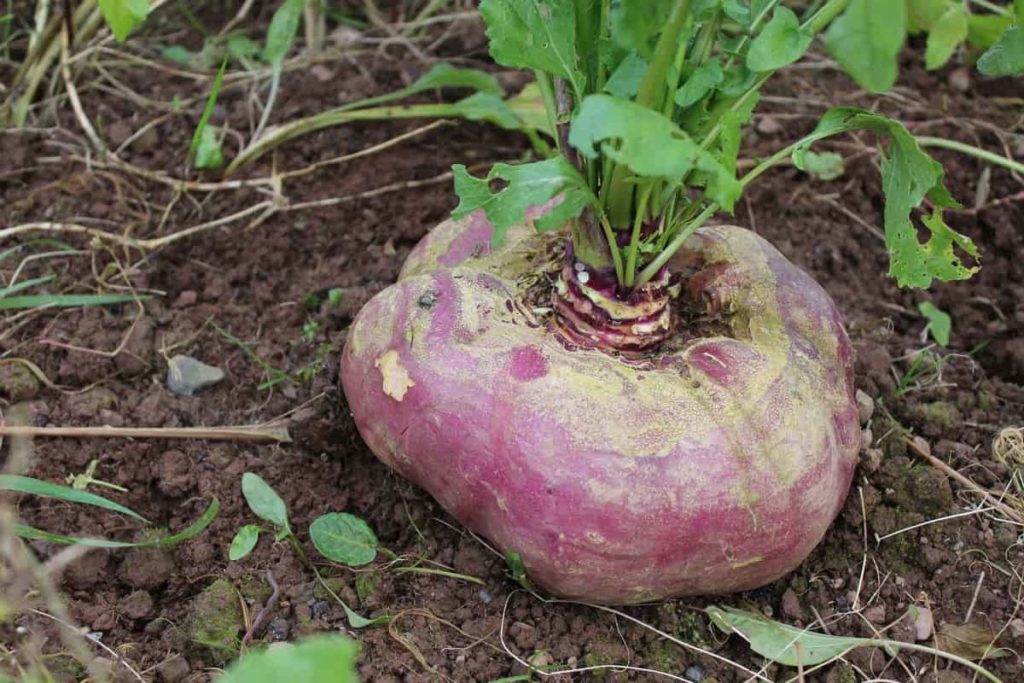
Shredded leaves
Leaf mulch is a cheaper mulch, you can get free by collecting and cutting fallen leaves around your property. Leaf mulch contains high nutrients and will help improve your soil condition; it also provides a home for earthworms and other creatures that improve the soil.
Pine needles
If pine trees are on your property, you rake up the fallen needles and spread them as mulch on plants. They make an attractive, natural-looking mulch and, of course, are completely free.
Conclusion
Like any fertilizer, too much phosphorus can damage your plant. High concentrated liquid fertilizer in phosphorus can burn its soft roots and damage your plant’s leaves. Excess phosphorus can suffocate beneficial bacteria in the soil. Excess amounts of potassium in the soil can prevent the plant from absorbing other important nutrients from the ground.
If you are unsure about the phosphorus and potassium concentration of fertilizer, always test the soil before adding any supplements to your soil. Ensure you lack potassium and phosphorus before using the ingredients added to potassium and phosphorus in large quantities.
- Flower Garden Designs and Layouts for Beginners
- Planting and Spacing Techniques in Papaya: A Beginner’s Guide
- Growing Gold: Essential Techniques for Planting Pineapples
- How to Make Kalanchoe Plant Bushy: Home Remedies and Solutions
- 11 Reasons Why Your Gardenia is Not Blooming: Home Remedies and Solutions
- Eco Elegance: The Guide to Designing a Drought-Tolerant Landscape
- Gardening on a Slope: Strategies for Hillside Landscaping
- Nourish and Flourish: Top Organic Mulches for Thriving House Plants
- Everything You Want to Know about Indian Mogra Flower: Discover Uses and Growing
- Green Thumb Success: Expert Tips for Cultivating Greenhouse Pumpkins All Year Round
- Maximize Growth & Flavor: The Ultimate Guide to Companion Planting in Herb Gardens
- How to Control Rhododendron Problems Naturally: Home Remedies and Organic Ways to Fix Them
- Natural Magic: The Remarkable Benefits of Cinnamon for Plants
- Best Steps to Revive Dying Tulip with Natural and Organic Treatment
- 10 Reasons Why Your Angel Trumpet is Not Blooming: Remedies and Treatment
- How to Fix Periwinkle Leaf and Flower-Related Problems: Natural Remedies and Solutions
- How to Fix Zinnias Leaf and Flower Problems: Discover Natural and Home Remedies
- Organic Steps to Induce Lemon Tree Flowers: A Comprehensive Guide
- Bloom Booster: Crafting the Perfect Homemade Bougainvillea Fertilizer
- Optimizing Growth: A Guide to Applying NPK Fertilizer for Potted Plants
- 10 Best Homemade Fertilizers for Rubber Plant: DIY Recipes and Application Method
- How to Boost Female Pumpkin Flowers: Effective Steps for More Flowers and High Yields
- Transform Your Indoor Garden: Top Benefits of Pink Salt for Houseplants
- 10 Best Homemade Fertilizers for Peacock Plants (Calathea): Easy DIY Guide
- Unlock Blooms: 9 Reasons Why Your Potted Chrysanthemum is Not Blooming
- 8 Reasons Why Your Potted Hibiscus is Not Blooming: Fix it with Simple Solutions
- Unlock Blooms: 9 Key Reasons Your Potted Frangipani Won’t Flower
- 10 Reasons Why Is My Ice Plant Not Blooming: Remedies and Treatment
- 10 Reasons Why My Potted Hydrangea Not Blooming: Treatment and Remedies
- 10 Reasons Why is My Wisteria Not Blooming: Remedies and Treatment
- 10 Reasons Why is My Goldfish Plant Not Blooming: Remedies and Treatment
- Maximize Your Space: Ultimate Guide to Balcony Gardening with Grow Bags
- 10 Reasons Why Your Iris is Not Blooming: Remedies and Treatment
- 10 Reasons Why Your Anthurium Plant is Not Blooming: Treatment and Remedies
- 10 Reasons Why Your Aquaponic Plants Are Not Flowering: Remedies and Treatment
- 10 Reasons Why Your Agapanthus is Not Flowering: Remedies and Treatment